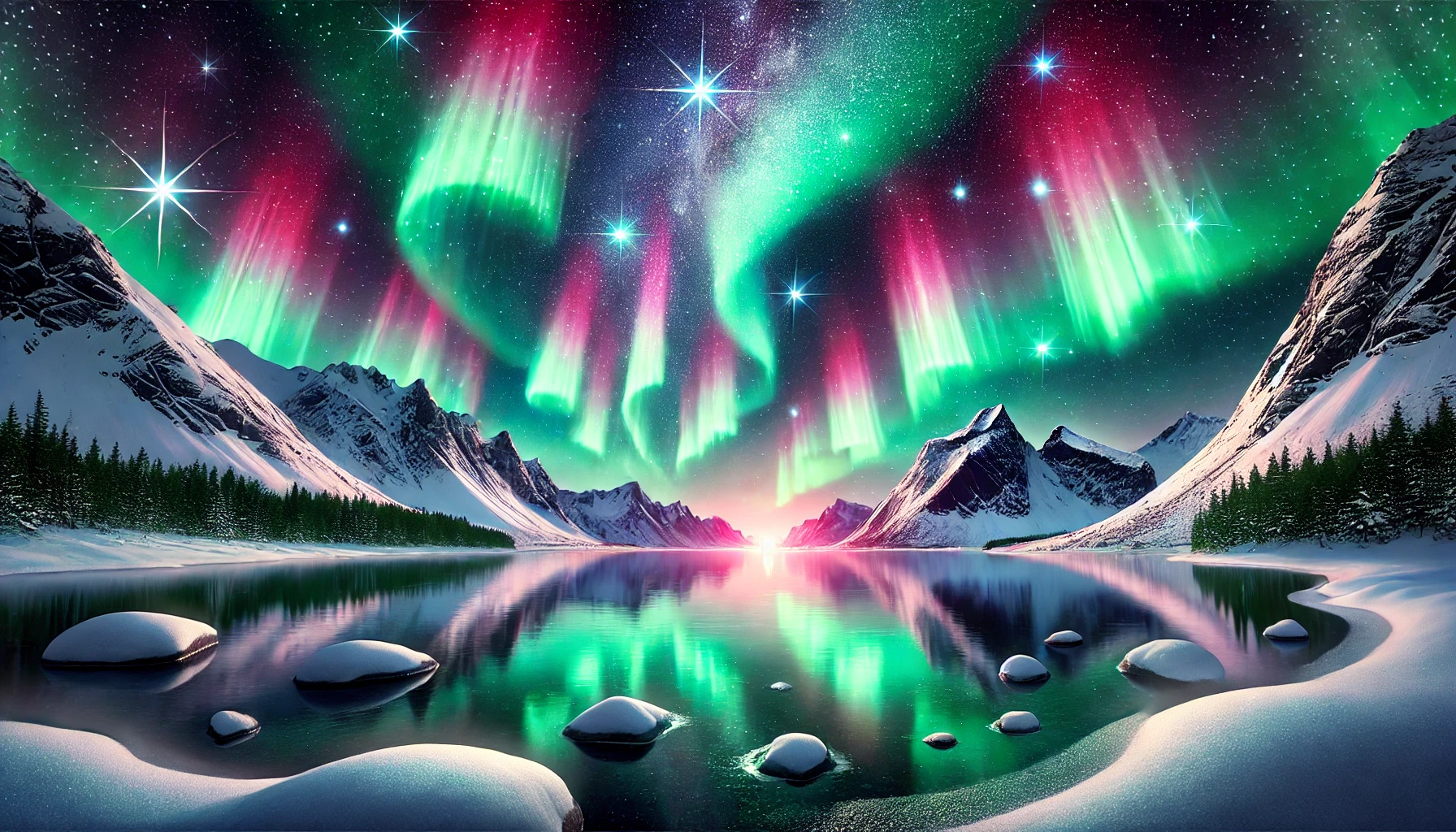The aurora borealis, or Northern Lights, created a dazzling display this New Year’s Eve, appearing far beyond its usual Arctic boundaries. Thanks to a strong geomagnetic storm, the natural phenomenon was visible across the United States, Europe, and parts of the U.K., captivating millions of skywatchers who welcomed 2025 under nature’s fireworks.
This unexpected event was caused by heightened solar activity earlier in the week, which included a powerful coronal mass ejection (CME) from the Sun. The National Oceanic and Atmospheric Administration’s (NOAA) Space Weather Prediction Center classified the resulting geomagnetic storm as a Level 3 event, strong enough to push the auroras into areas that rarely experience them. According to Weather.com, the storm allowed the Northern Lights to appear as far south as Illinois, Oregon, and Pennsylvania in the U.S., while observers in northern England and Scotland also enjoyed clear views.
The timing of the event was ideal, coinciding with a new Moon phase that provided darker skies for viewing. The NOAA recommended finding locations away from urban light pollution to maximize visibility. In many areas, residents used smartphone cameras with night mode to capture vivid green and pink hues dancing across the sky. (The Sun)
The heightened solar activity responsible for this display is part of Solar Cycle 25, which began in 2019 and is expected to peak in 2025. As the cycle intensifies, scientists predict more frequent geomagnetic storms and auroral displays in regions further from the poles. The Northern Lights’ appearance on New Year’s Eve offered a reminder of the Sun’s immense power and its ability to create breathtaking natural wonders. According to Fox Weather, these events are likely to increase in frequency as solar activity escalates.
The aurora borealis on New Year’s Eve served as a perfect blend of science and spectacle, overshadowing traditional fireworks for many. With Solar Cycle 25 nearing its peak, 2025 promises to bring even more extraordinary opportunities for skywatchers to witness nature’s most vivid light show.







